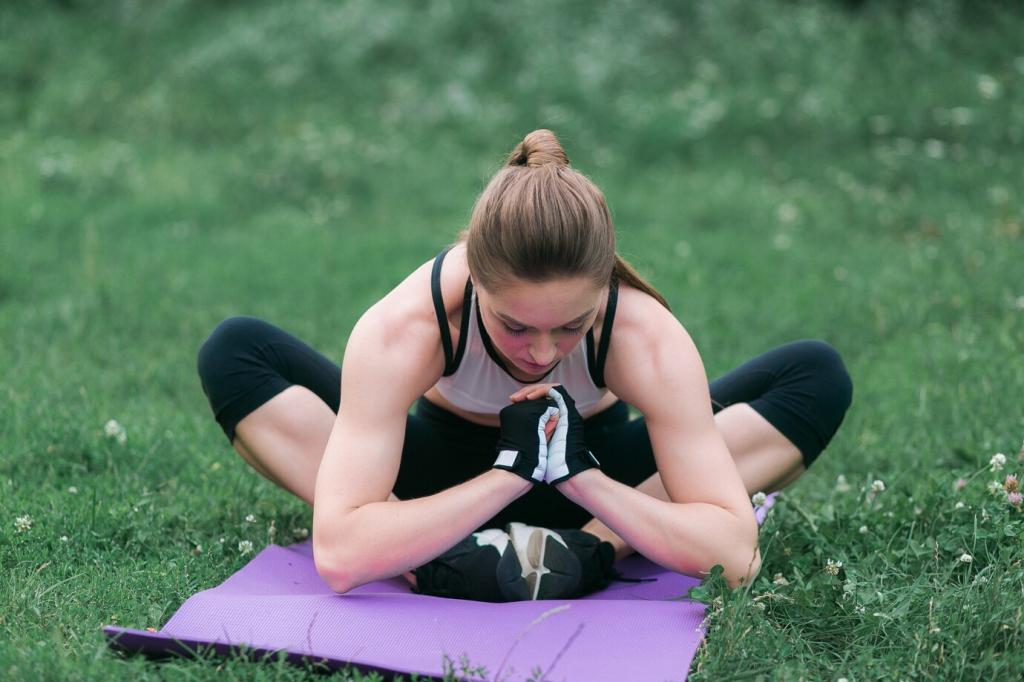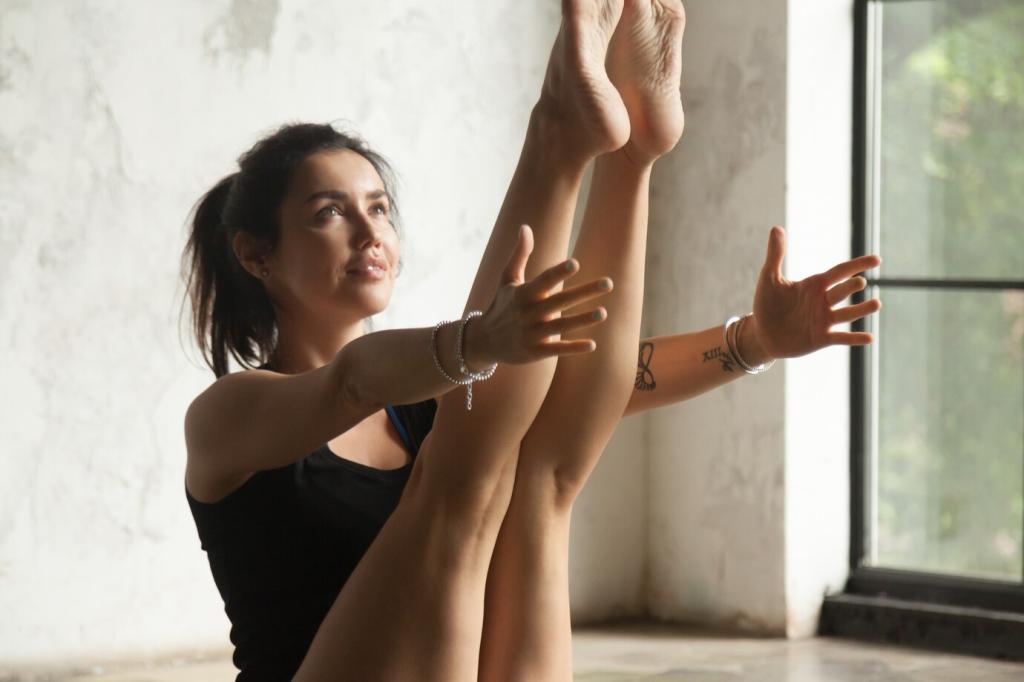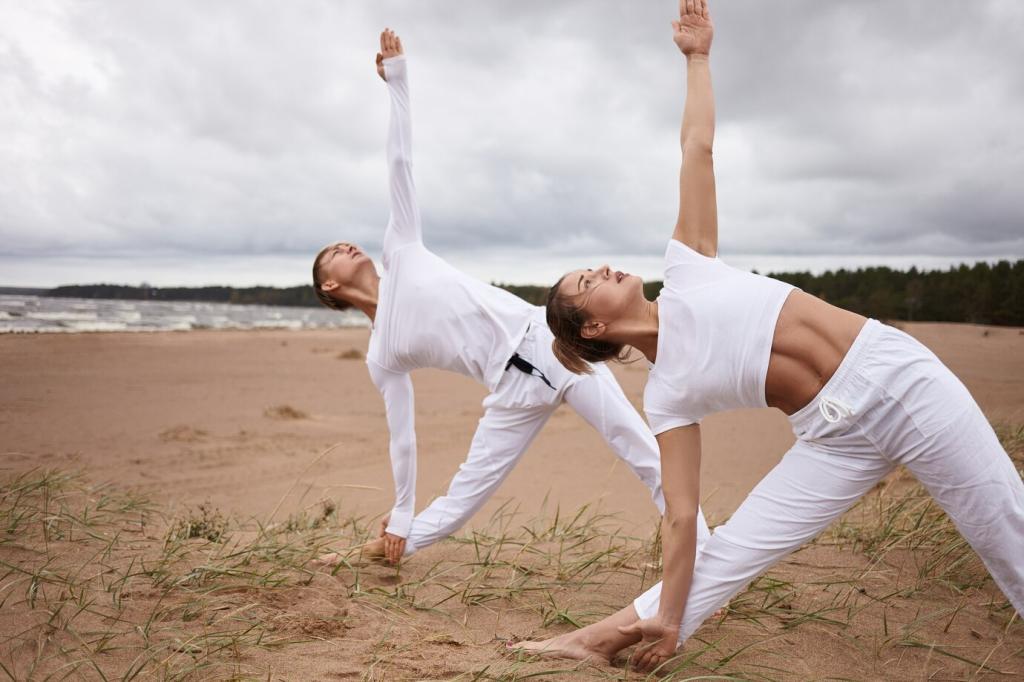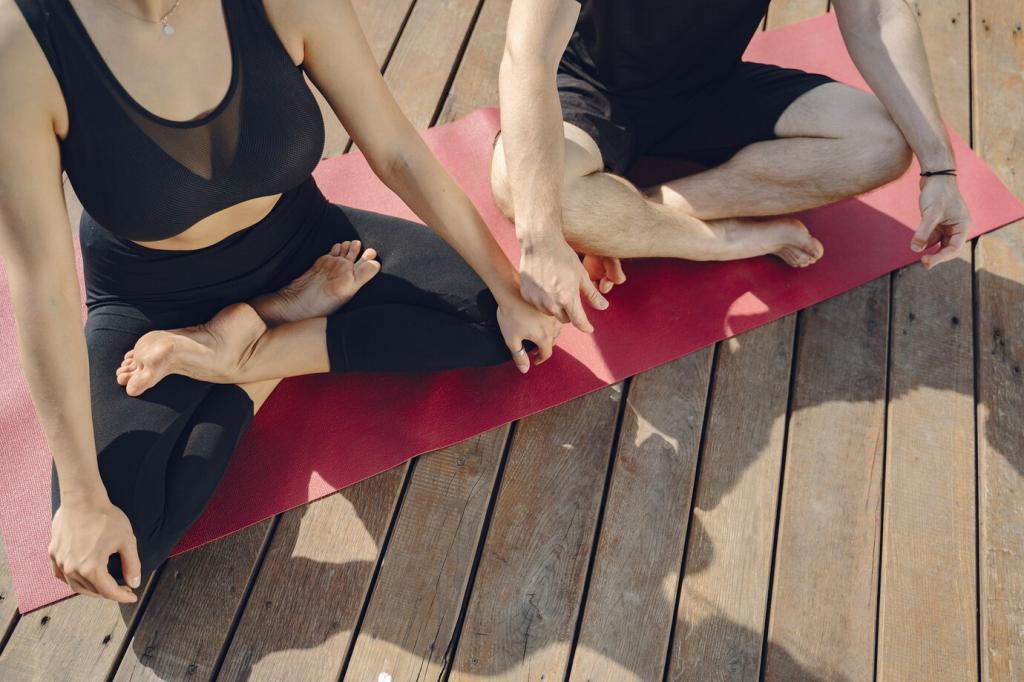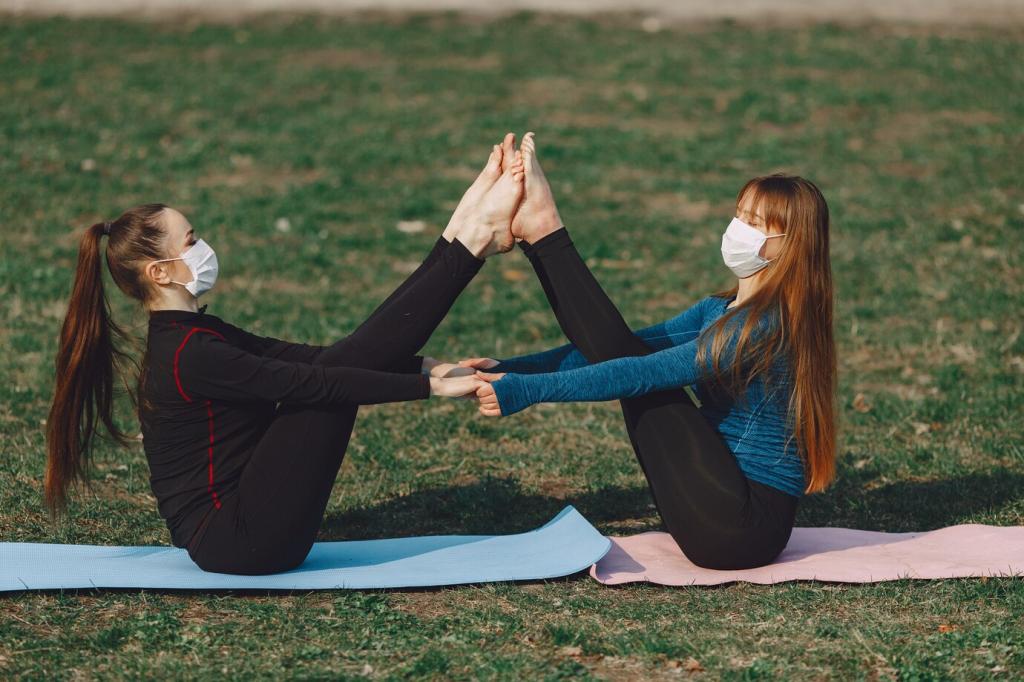Tech That Transfers: Cues From Mat to Barbell
Box breathing and Ujjayi help you time a diaphragmatic brace on squats and deadlifts. Inhale to prepare, maintain pressure through the sticking point, and exhale deliberately after control is re-established. Practice this rhythm in low loads, then carry it to heavy sets.
Tech That Transfers: Cues From Mat to Barbell
Downward Dog teaches long spine, packed shoulders, and posterior chain awareness. Think of your deadlift set-up as a grounded variation: hands become lats, heels root like hamstrings. Alternate two hinge sets with thirty seconds of Dog to reinforce length without exhausting tissues.

